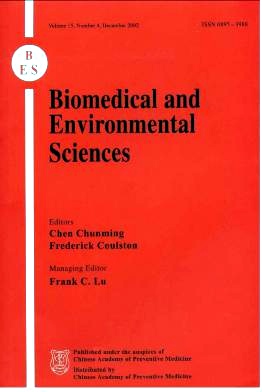Emerging Food-borne Pathogens
-
Key words:
- public health /
- prevention of /
- developing countries /
- Escherichia coli /
- food production /
- the world
Abstract: The epidemiology of foodborne diseases is changing. While in manydeveloping nations the efficient treatment of diarrhoeal diseases through oral rehydration has probably led to the prevention of many food related deaths, the underlying problems have not been solved. In these countries, the disease incidence of food-and waterborne disease is still increasing, and now data from other parts of the world indicate that new foodborne pathogens have emerged as important public health problems. Over the last two decades, bacterial infections caused by Campylobacter and enterohaemorrhagic Escherichia coli have emerged, well-recognized pathogens, such as Salmonella enteritidis, have increased dramatically in disease incidence and important foodborne pathogens have become increasingly resistant to antimicrobial agents. The future strategy for prevention of foodborne disease should be founded in scientifically based evaluations of the whole food production chain ‘from farm to table’, including a description of the most important (risk) factors. Epidemiological studies of outbreaks as well as sporadic cases should be aimed at a better understanding of these factors. In terms of public health importance of the problem, the focus should be on the size of the problem, and the potential for improvement. The indications are that both in developed and developing countries there is significant potential for an improvement of the situation. With this aim in mind, international effort should focus on scientific assessments of the potential for risk reduction under different regional conditions.
| Citation: | MARTIN W.BLOEM, REGINA MOENCH-PFANNER, LYNNDA KIESS. Emerging Food-borne Pathogens[J]. Biomedical and Environmental Sciences, 2001, 14(1_2): 44-52. |







 Quick Links
Quick Links
 DownLoad:
DownLoad: